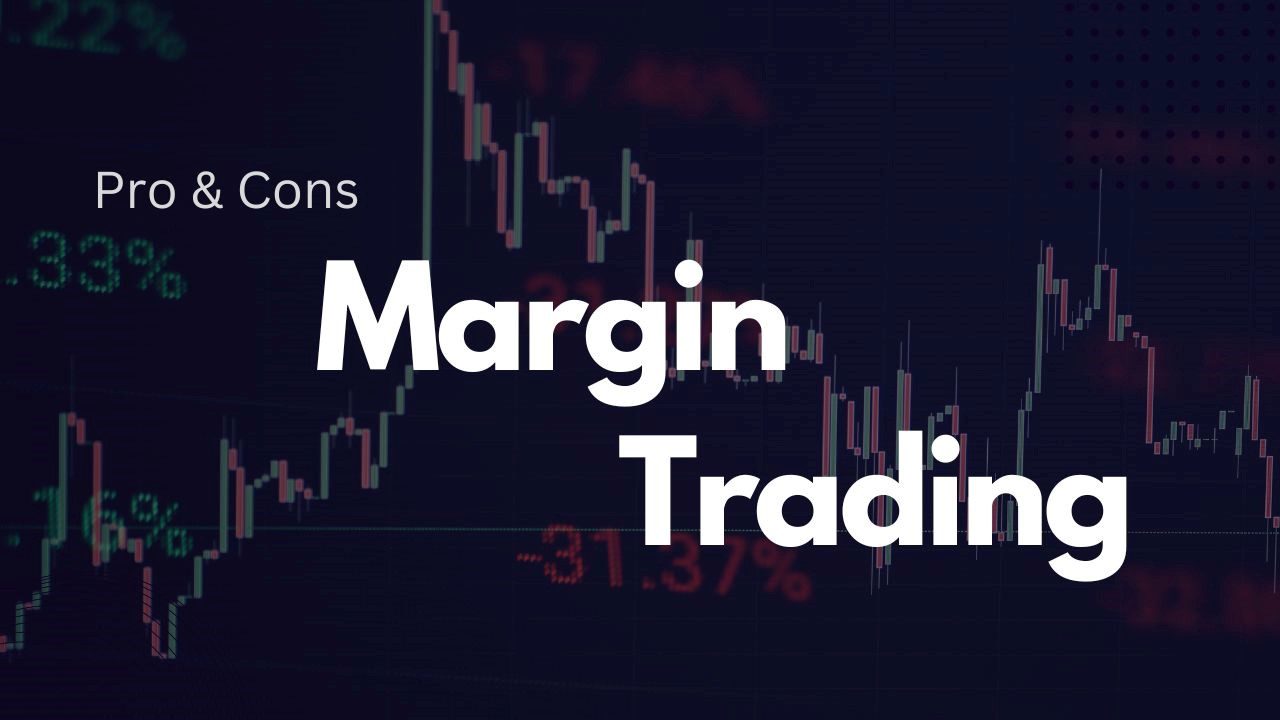Spot trading and leverage trading are two common approaches to trading in the financial markets, each with their own benefits and drawbacks. Spot trading involves buying or selling an asset at its current market price, without any borrowing or leverage. This strategy is simple and is frequently employed by traders who want to take a reduced risk approach or investors who want to hold an asset for the long term. On the other hand, leverage trading involves borrowing funds from a broker to amplify potential gains (and losses) in a trade. Although this strategy may have higher potential returns, the use of borrowed money increases the risk involved. In this article, we will explore the differences between spot trading and leverage trading, the benefits, and risks of each approach, and how to determine which approach may be best for your trading style and goals.
What is Spot Trading?
Spot trading and leverage trading are two different methods of trading that are used in financial markets today. Spot trading involves buying and selling assets at the current market price, while leverage trading involves borrowing money to increase one is buying power. The difference between the two methods is like the difference between walking and running. Spot trading is like walking at a steady pace, where one can enjoy the scenery and take time to make informed decisions. On the other hand, leverage trading is like running at a very high speed, where one can quickly cover a lot of ground but must always be careful not to trip and fall.

Pros and Cons of Spot Trading
Pros:
- Simplicity: Buying and selling assets at the current market price constitutes the simple procedure of spot trading. It is a less complicated trading method because it does not entail borrowing or leverage.
- Reduced Risk: When compared to other trading methods that rely on borrowing or leverage, spot trading is comparatively less risky. The only thing being exchanged are the actual assets, and the trader decides how much they are willing to risk.
- Reduced Costs: Compared to other trading tactics, spot trading is typically less expensive. Spot trading typically entails no borrowing fees or interest rates.
- Spot trading typically has greater liquidity than other trading tactics. There are typically more players in the market because borrowing money is not necessary, which makes it simpler to acquire and sell assets.
Cons:
- Limited Options: Spot trading only gives investors the chance to purchase and sell assets at the going rate on the market. The chance for traders to profit from future price changes is not offered by it.
- No Leverage: The use of leverage or borrowing, which might restrict the amount of profit that can be made, is not permitted in spot trading.
- Spot trading might be riskier than other trading tactics because there is no way for traders to protect themselves against potential losses.
- High Volatility: Prices for assets traded on spot markets may be extremely erratic, which may cause large price swings to occur suddenly.
In conclusion, spot trading is a straightforward and low-risk trading technique that entails buying and selling assets at the going rate. Although it has its drawbacks, it is a decent option for traders that want a simple trading strategy.
What is Leverage Trading?
Imagine you are a cowboy riding a wild stallion at full speed, navigating through the treacherous terrain of the Wild West. Your heart is racing, adrenaline pumping, and you feel invincible. That is the kind of thrill you get with Leverage Trading in Crypto. It is like riding a bucking bronco of cryptocurrency, taking risks that can either make you rich or leave you broke. Leverage Trading allows you to borrow funds to increase your buying power, magnifying your potential profits or losses. It is a high-risk, high-reward game that requires skill, discipline, and a cool head. One wrong move, and you will be thrown off the horse, trampled underfoot by the market’s volatility.
But what is Leverage Trading, exactly? It is a trading strategy that involves using borrowed capital to increase your position in the market. Instead of using your own money to buy a cryptocurrency, you borrow funds from a broker or lender and use that money to amplify your investment. For example, if you have $100 and use 10x leverage, you can trade with $1,000 worth of cryptocurrency. That means your profits (or losses) will be 10 times greater than if you were trading with your own money. Leverage Trading in Crypto is a popular strategy among traders who want to maximize their returns, but it is not for the faint of heart. It requires a deep understanding of the market, technical analysis, and risk management to avoid getting thrown off the horse and losing everything.

Pros and Cons of Leverage Trading
Pros:
- Gains can be amplified because traders can control a larger position with a lesser investment when using leverage to expand their position size.
- Leveraged trading allows traders to diversify their portfolio and profit from various markets and asset classes.
- Leverage trading gives traders more flexibility because they can open both long and short positions, allowing them to profit from both up- and down-moving prices.
- Leverage trading enables traders to gain access to bigger markets in which they might not have otherwise been able to trade.
Cons:
- High risk: Because leverage trading increases both gains and losses, it is a high-risk tactic. Losses may be large if the market moves against the trader’s position.
- Margin calls: When a trader’s account value drops below a specific point, they are compelled to deposit more money into their account to keep their positions open. This may incur additional expenses and even necessitate the liquidation of some positions.
- Leverage trading is a sophisticated approach that calls for a thorough knowledge of the market and financial instruments. The use of appropriate risk management tools and knowledge of risk management are requirements for traders.
- Costs: Due to interest costs on borrowed money and other fees connected with the use of leverage, leverage trading may be more expensive than spot trading.
In conclusion, using leverage can give traders the chance to raise their profits, but it also carries larger risks. Before using leverage, traders must have a solid grasp of the market, financial instruments, and risk management strategies.
You can trade in spot and find some leverage trading opportunities on Bitflex, as it deals in helping you out with the best trading tools and right leverage to maximize profits. You can also take part in some of the spot trading pairs that can make you hold the assets for long and you can sell them as their price rises in value.
Conclusion
However, it should be noted that spot trading and leverage trading are two separate trading techniques with various benefits and drawbacks. Spot trading is a basic and uncomplicated trading method that entails purchasing and disposing of assets at the going market rate with little risk and reduced expenses. It is a wonderful choice for traders that choose a more cautious style of trading. Leverage trading, on the other hand, is a higher-risk trading technique that entails borrowing money to magnify gains. It has the potential to produce higher profits but also higher losses. To prevent substantial losses, it calls for a deeper grasp of the market and financial instruments as well as effective risk management strategies. The decision between leveraged trading and spot trading comes down to the trader’s risk appetite, investment objectives, and general market expertise.
Bitflex
Bitflex is a cryptocurrency exchange platform that offers traders a secure, easy-to-use, and convenient way to buy, sell, and trade cryptocurrencies. Our platform has been designed with investors of all levels in mind, whether they are just starting out or experienced traders. We offer various features and tools to help users make the best trading decisions possible, including advanced charting and analytics, real-time market data, and various customizable trading interfaces. At Bitflex, we are dedicated to empowering our users and helping them reach their financial goals.
Stay in the loop about our launches, trading pair announcements, contests, and more by following us on Discord, Telegram, and Twitter.
Website | Discord | Telegram | Twitter | LinkedIn



































